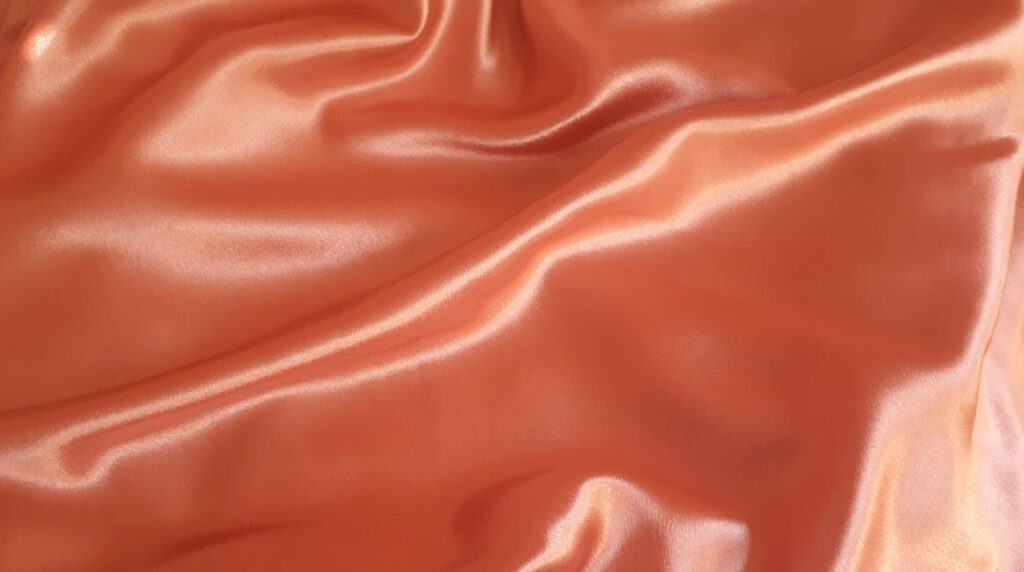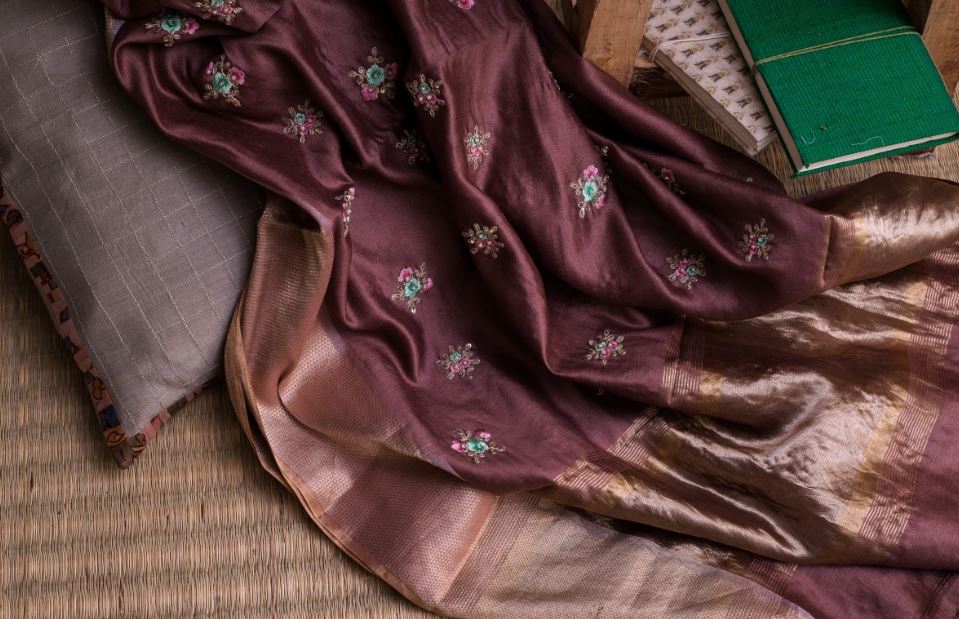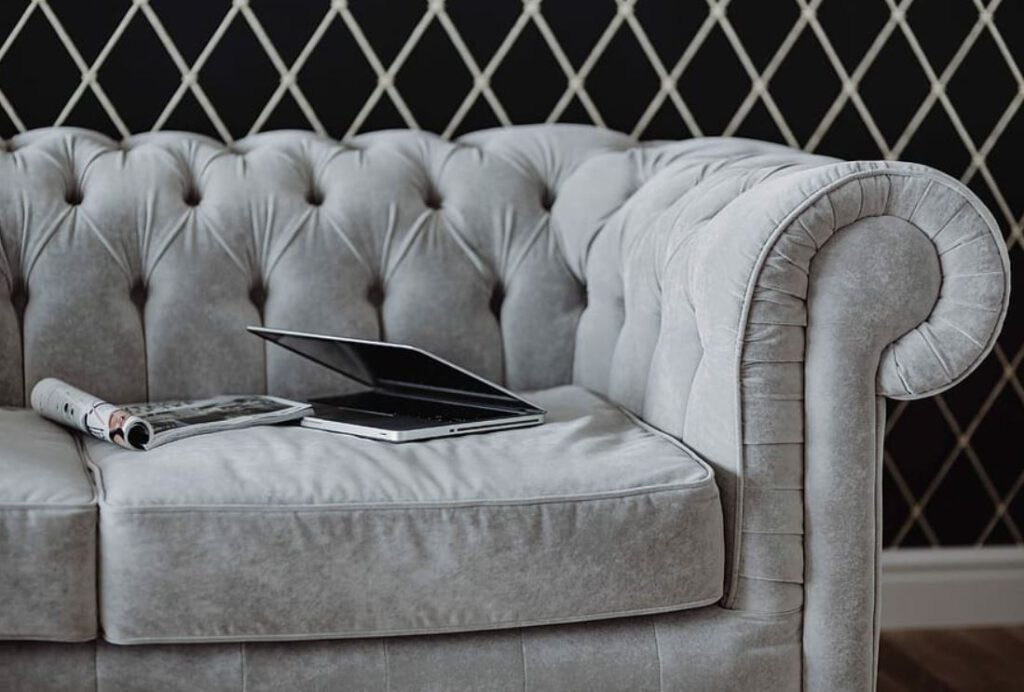Velvet – what’s it known for?
Velvet has built itself a name in as far as the depiction of silk is concerned. It is simply hard to ignore the allure created by this upholstery fabric when you come across it in any living space. Velvet was originally created from silk and has maintained its popularity as a luxury item amongst homeowners. All the properties of this fabric lead to it having a brilliant luster, which is the main thing that it is known for.
Velvet Upholstery Fabric – what’s it made of?

This is a question that has been asked by many who have beheld the beauty of luxurious furniture made of velvet. As already introduced, velvet was originally created from silk. The advancement and evolution of the textile industry have however seen the rise of the application of new materials in the manufacture of velvet fabrics. In the present day world, velvet upholstery fabric is manufactured from any of the following materials:
- Cotton
- Silk
- Synthetic fibers (common examples include rayon and polyester)
Process of creating Velvet
Now that you are aware of the materials used to create this luxurious fabric, we can proceed to have a look at the process used to create it. For the creation of rugs, manufacturers use a loom on which two different threads are wound on the separate press rolls. The main action is usually the threading of the materials through one warp in a W pattern (or V pattern) before threading it through the next warp in a bid to interlock the two. This process comes to an end with the center of the weave being cut between the interlocked warp, which creates two different piles. The two piles are usually identical, and since they are made from different threads, the resulting fabric is usually very strong.

One unique thing about the creation of the velvet upholstery fabric is that the pile is usually cut at 1/8th of an inch, which is why it is usually longer than velour, but also shorter than velveteen. On the overall, the manufacture of velvet takes quite some time, but modern day technology has stepped in to make it a bit faster, which is something that has led to its being quite affordable.
In the past, velvet was reserved for the royal families and the wealthy people. This has changed with time, but the fabric has not lost its allure as a luxurious item.
Alluring features of Velvet
Velvet’s alluring traits have more to do with the fact that it is not a flat fabric. Instead, it has a pile, also commonly known as a nap. A pile is simply the direction in which the fibers used to make the fabric naturally flow. Fabrics that have a nap always end up looking different, depending on the angle at which you view them. Velvet is however quite different, owing to its light-reflective properties which lead to it showing different colors depending on the angle at which you view it from like some of these velvet footstools. This is why it is quite important to groom all velvet fibers in the same direction. In order to make the fibers uniform all around, the manufacturers usually groom along, and not against the grain.

Velvet is also very smooth, which is something that makes it an upholstery fabric that you would simply want to keep on touching. There is something quite satisfactory about running your hands up and down velvet fabrics, which makes it a great material for use in the furniture in our living spaces.
Ratings, Durability Testing
Velvet happens to have a dense cut pile, which gives it a luxurious softness that has sheen. Despite being this smooth, velvet can actually stand heavy usage. This makes it an attractive choice for most homeowners who can afford it. The fibers used to make the velvet determine its durability. Silk-based fibers create luxurious and strong fabrics, which should however not be used quite frequently. Rayon-based fibers are not very durable, but they tend to be very soft. Polyester-based fibers are on the other hand quite durable, and they tend to have a moderate abrasion resistance. For cotton-based fibers, you can expect breathability, comfort, and affordability.
Pros and Cons of Velvet Fabric
Using velvet upholstery fabric on your furniture will present certain pros and cons, which you may have already picked from the discussion about its properties. Here is a recap of the main pros and cons of velvet fabric:

Pros
- Luxuriously soft
- Quite attractive and alluring
- Can stand heavy usage
- Easy to maintain
- It is stain resistant
Cons
- More expensive than most upholstery fabrics.
Maintaining your Velvet Upholstery Fabric
It comes as a surprise to many that velvet is quite easy to maintain. With proper care and maintenance, velvet upholstery fabric can last for quite a number of years. In fact, some fabric experts suggest that velvet gets better as it ages, with the development of a certain patina.
You should always clean all spills on velvet immediately they happen, by simply blotting them. For the problematic stains, you can use a light misting of water, or simply steam them. You should, however, be quite careful not to groom the fabric in the wrong direction during the cleaning process.
The removal of wrinkles on your velvet fabric only requires that you steam it before brushing out the wrinkles gently. Again, the fibers should be groom in the natural direction in order to avoid damaging the velvet fabric.
For more informational posts and related topics, try these:
Photo credits
https://unsplash.com/photos/q7ZN1xxtniM https://unsplash.com/photos/N4wUsqIbMAM
https://pixabay.com/photos/velvet-scarves-scarf-iron-gray-996467/
https://www.pxfuel.com/en/free-photo-ejbrm
